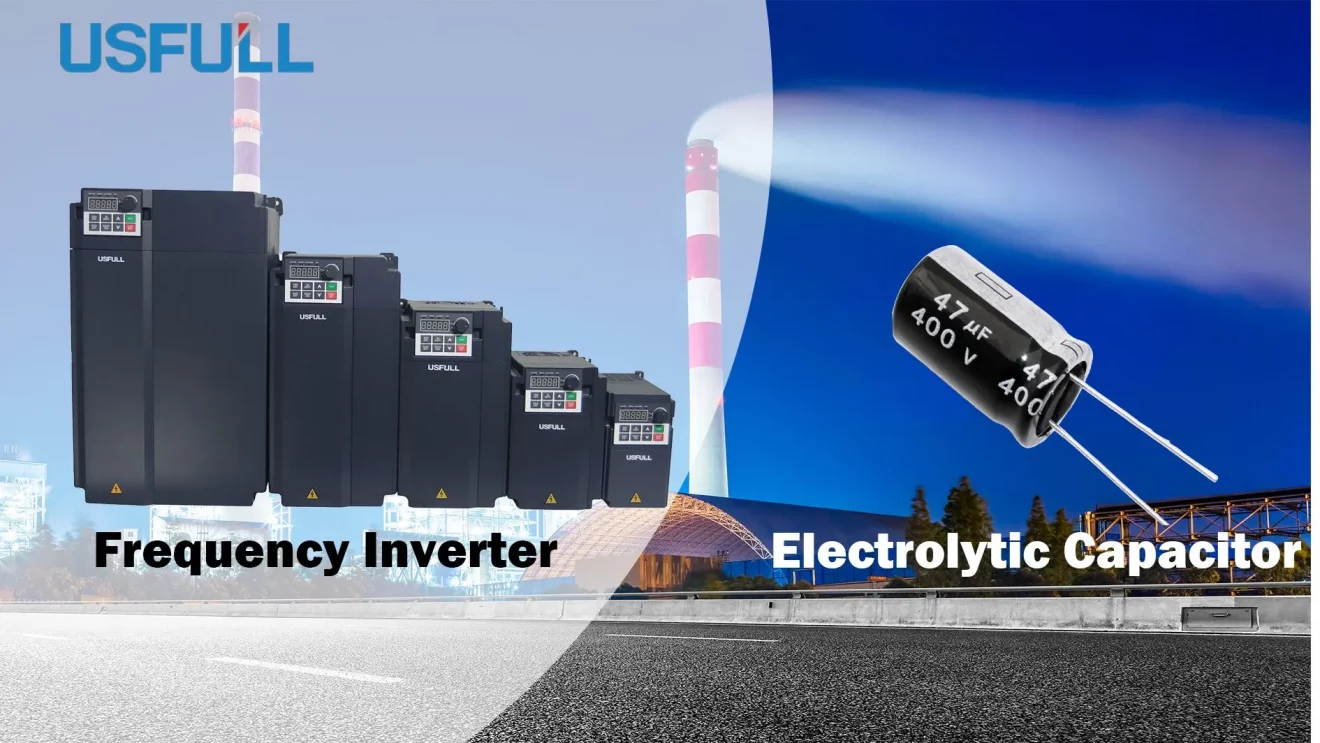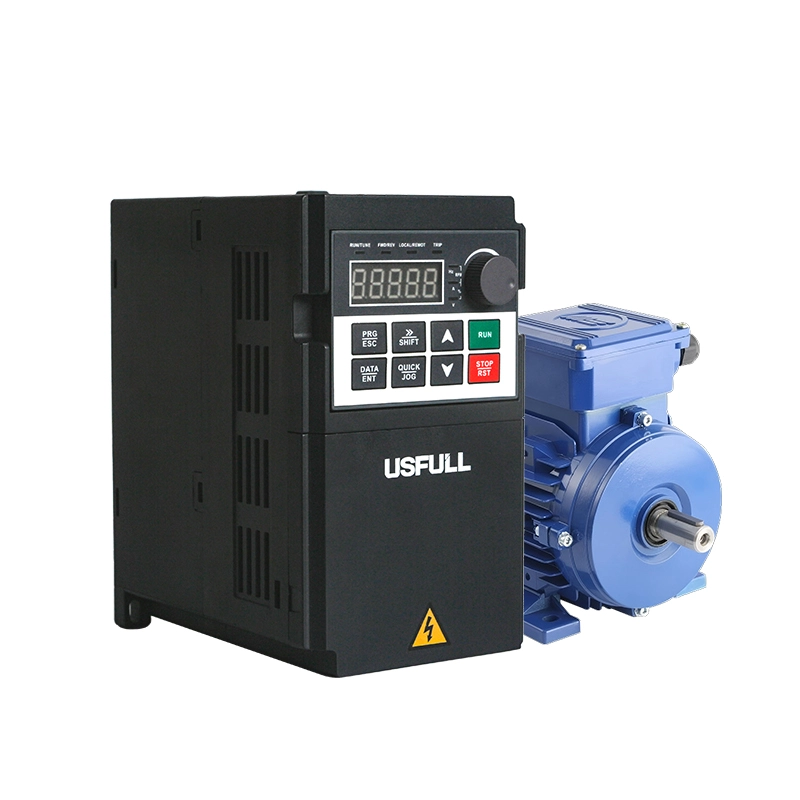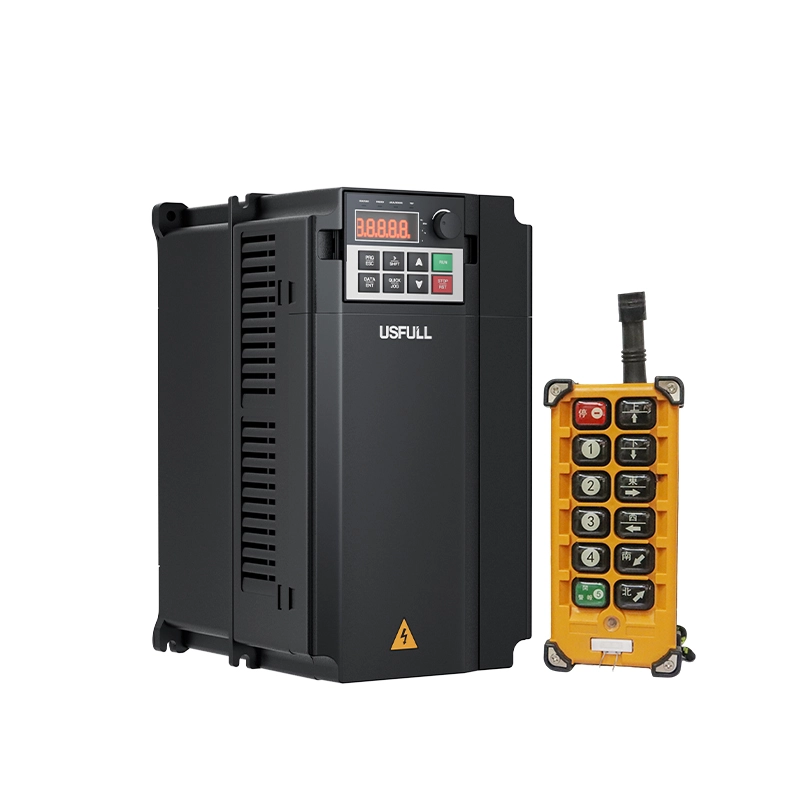The filter electrolytic capacitor is a vital component in devices such as variable speed drives (VSDs). It ensures the stable operation of these systems by smoothing out voltage ripples and filtering noise. However, this component is prone to damage due to various factors, potentially causing failures in the entire system. Understanding how to identify damage, the reasons behind it, and proper replacement practices can help ensure the long-term reliability of your variable frequency inverter system.
How to Determine Whether the Filter Electrolytic Capacitor Is Damaged?
You can identify a damaged electrolytic capacitor by observing the following signs:
Physical Damage:
- Bulging or swelling of the aluminum shell.
- Cracked plastic outer sleeve or leakage of electrolyte.
- Activation or deformation of the safety vent.
- Rust on terminals or deformation of the cover plate.
Electrical Measurement:
- Using a multimeter, check for open or short circuits.
- Reduced capacitance significantly below the rated value.
- Severe leakage current causing instability.
These indicators typically signal that the capacitor has reached the end of its service life or suffered severe damage.
There Are Several Situations in Which Electrolytic Capacitors May Be Damaged or Fail
Electrolytic capacitors in inverter VFD systems may fail under several conditions:
Internal Short Circuit or Open Circuit:
- High voltage or current causes breakdown and short circuits.
- Reverse voltage from a failed rectifier diode leads to overheating and short circuits.
- Sudden current surges may cause the capacitor to burst or its seals to fail.
Capacitance Reduction:
- Changes in capacitor parameters reduce efficiency, causing ripple filtering to degrade.
- Partial failure may allow the system to function but at reduced performance.
Complete Failure or Leakage:
- Capacitors may lose capacitance entirely when under voltage stress, leading to soft faults that are difficult to detect.
- Severe leakage or electrolyte spillage results in total failure.
These failures often manifest as power supply issues, such as blown fuses, damaged rectifiers, or “no power” conditions.
The Following Are the Reasons for the Damage of Electrolytic Capacitors
Electrolytic capacitors may get damaged for the following reasons:
Poor Component Quality:High leakage current, insufficient voltage tolerance, and structural defects.
Rectifier Bridge Failure:Alternating current entering the capacitor due to a damaged rectifier.
Imbalanced Voltage Sharing:Damaged voltage-dividing resistors lead to uneven voltage distribution, causing one capacitor to fail, triggering a cascade failure.
Installation Issues:Poor insulation, improper electrical connections, or inadequate soldering.Improper installation can lead to overheating or contact failures.
Thermal Environment:High ambient temperatures and poor cooling accelerate aging and damage.
When Replacing Electrolytic Capacitors, You Should Pay Attention to the Following Points
Choose the Right Replacement:Use capacitors with the same specifications, including voltage, capacitance, and polarity.If unavailable, select high-quality capacitors with larger ripple current tolerance and longer life
Ensure Proper Installation:Secure electrical connections, ensuring proper soldering or screw tightening.Avoid damaging the insulating sleeve during installation.
Test Before Installation:For capacitors stored for over a year, measure the leakage current and precondition them with low DC voltage before full use.
Minimize Bus Inductance:Avoid extending busbar lengths between the inverter module and capacitor to prevent overvoltage issues.If relocation is unavoidable, add surge absorption capacitors with short wires near the inverter module.
Optimize Thermal Environment:Ensure proper ventilation and cooling around the capacitor.
By adhering to these guidelines, you can maximize the performance and lifespan of your variable frequency drive systems, ensuring uninterrupted operation.





